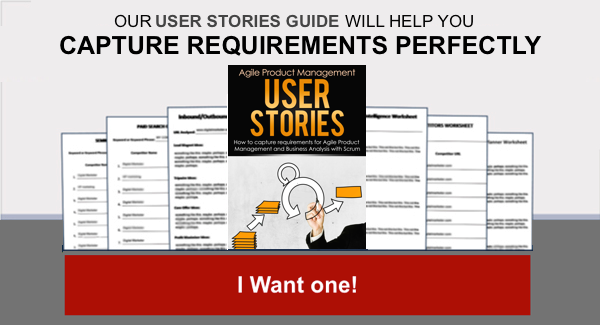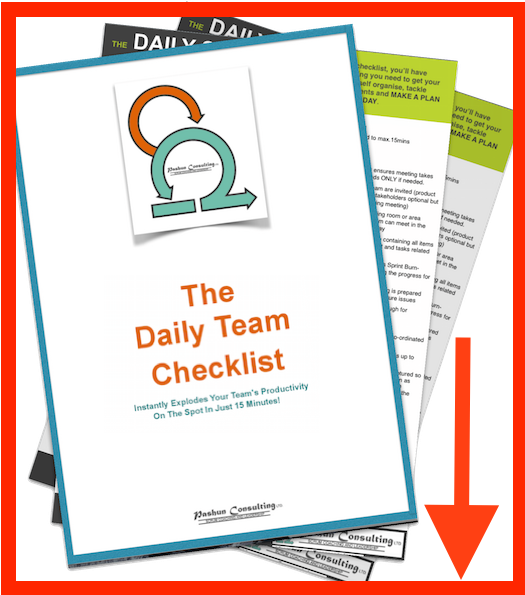Release Backlog (product backlog, scrum backlog,release plan,sprint backlog,release planning
Setting a Release Goal
Though not a requirement of scrum, as a principle, I recommend starting every release with a release goal. This is a brief, high-level description of the features in a product release. An example of a release goal would be. “The Acme Sports site is a sports web site with stats for football, rugby, golf, tennis and F1. The site should also contain twitter updates from the top celebrities in each sport.†Notice that this has not gone into excruciating detail of the specific features in the backlog but is enough of an overview to create a vision that the whole team can comprehend and ask questions about. I recommend a few sentences or bullet points to keep it short and sweet. This goal can be used to determine a minimum acceptable feature set for launch when necessary.
(NOTE: Want to learn how to capture product requirements to create your perfect product feature list for your ideal user? Check out the User Stories Guide so you can capture the requirements your user REALLY wants and be certain your product will sell before you create it! Get your User Stories Guide now.)
Prioritise Items for Release
In order to plan a release, the product owner should have a prioritised backlog. The benefit of prioritisation is realised in release planning (and sprint planning). If the most important features are at the top of the backlog then the business is more likely to have a successful product release by the release date. Logically speaking, as soon as you develop your most important features, then you are in a better position from an ROI point of view. This relates to the old eighty to twenty rule, Pareto’s Principle. It states that twenty percent of the work we do delivers eighty percent of the value. This is a very important rule because in backlog terms, it means that the top percentage of a prioritised backlog is likely to deliver the vast majority of the product value. This alone shows why early prioritisation is key to a successful
(NOTE: Want to learn how to capture product requirements to create your perfect product feature list for your ideal user? Check out the User Stories Guide so you can capture the requirements your user REALLY wants and be certain your product will sell before you create it! Get your User Stories Guide now.)

